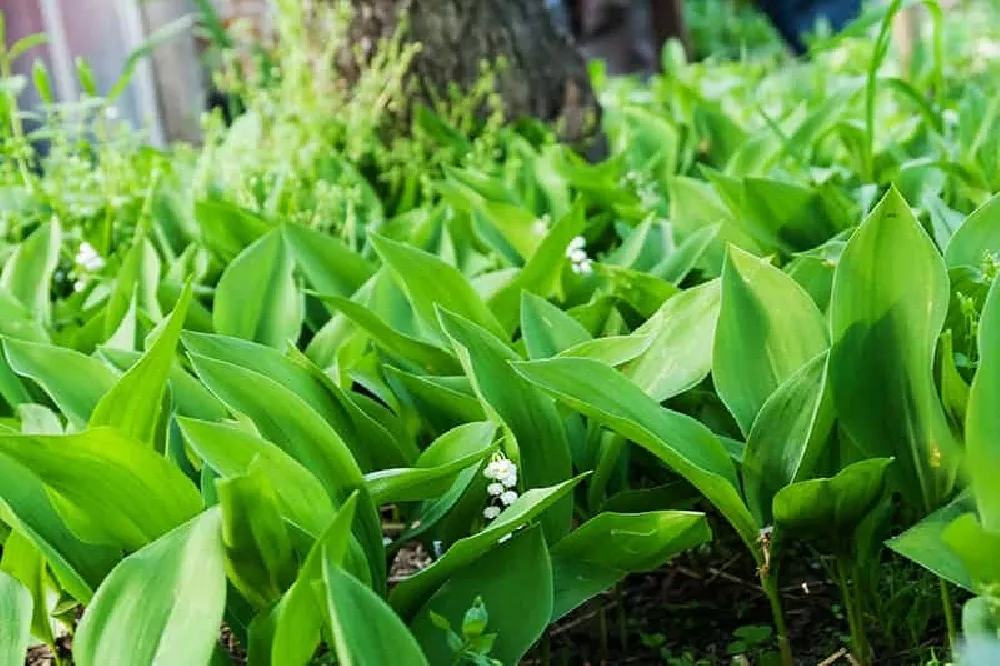- Home >
- Ornamental Plants >
- Torch Lilies
Torch Lilies for Sale - Buying & Growing Guide
Fast Growing Trees - 6 Inch Pot - Peace Lily Plant
Enter your zip code to find nearby stores that may carry this plant.
There are several attractive ornamental features you will enjoy while growing a torch Aloe plant. Both the flowers and the foliage of Aloe arborescens are remarkable. The blue-green leaves form in long blade-like shapes with teeth that run along the edges. The flowers stand tall above the rest of the plant and are bright red. As the common name suggests, those flowers look like small, vibrant torches. This plant can become relatively large. In the ideal outdoor setting, it can reach ten feet in height. Indoors, torch Aloe plants are likely to remain on the smaller side.
- Incredible flowers and foliage.
- Tolerates sandy soils.
- Can grow as a relatively large shrub or as a smaller indoor plant.
Planting and Care
Planting instructions
Torch Aloe is a plant you can grow either indoors or outdoors. If you live in a hot climate, such as USDA hardiness zones 9-11, find an outdoor area of full sun and good drainage. Indoors, you should situate your torch Aloe plant by a south-facing window that gets a lot of daily light.
You can plant your torch Aloe plant in relatively dry soil. This will mimic the natural settings in which this species thrives. You will also do well to make sure the soil is slightly acidic.
Watering and nutrients
You will not need to water your torch Aloe plant very often. The only time you will need to provide water is when you notice the soil has become completely dry. Once you see dry soil, soak the ground until it is saturated.
Torch Aloe also has very low fertilization needs. You can get by without giving your torch Aloe plant any fertilizer at all. If you do choose to fertilize, a single application of a standard succulent fertilizer formula in the growing season will work.
Pests, diseases, and animals
Torch Aloe has relatively few issues with pests and diseases. Occasionally, this species can play host to scale insects or mealybugs. Otherwise, you will not need to worry too much about an infestation.
This plant can also have an issue with leaf fungus. That typically comes about only when the plant is in a setting that is too wet and humid. To avoid this problem, make sure your torch Aloe is in the sun and do not over-water it.
Harvesting
Torch Aloe has some medicinal properties, much like other types of aloe. The difference is that torch Aloe may be more beneficial for treating skin irritations and other ailments. That is why many people grow this plant with the intent of harvesting it.
The harvesting process is simple. All you need to do is select a large mature leaf and cut it at the base where it connects to the branch. Then you can access the gel inside that contains many of the medicinal properties. The nectar from the flowers is also enjoyable for some to drink.
Achieving maximum results
The best way to ensure your torch Aloe grows healthily is to avoid over-watering and excess moisture in general. These plants enjoy a hot and dry climate. So do not water too much, and make sure to dry the leaves with a cloth or towel after doing so.
Another important factor is that this plant is toxic to some pets. For that reason, you should only grow torch Aloe in an area that your cats and dogs cannot access. Otherwise, they may chew on the leaves and become sick.
FAQs
How large does torch Aloe grow?
Compared to other aloe plants, like Aloe vera, torch Aloe can become incredibly large. In the ideal outdoor setting, it will reach a mature height of around ten feet. In those settings, this species will develop as a dense, rounded shrub. That growth habit leads the spread to be nearly identical to the height. In indoor container settings, this plant is likely to be much smaller at maturity.
Does torch Aloe have other names?
Several names refer to torch Aloe. The official botanical name for this plant is Aloe arborescens but there are several other common names as well. Torch Aloe also goes by candelabra Aloe, tree Aloe, mountain bush Aloe, and octopus plant. Regardless of which name you come across, you can know they all indicate the same species.
Is torch Aloe edible?
Many know that torch Aloe, and other forms of aloe, are toxic to pets. However, the same is not true for humans. There are several parts of this plant that are not only edible but also beneficial to your overall health. For example, the leaves and the nectar from the flowers are both safe for you to consume. The flavor and benefits of this plant have led it to become a common ingredient in the cuisine of several cultures.









